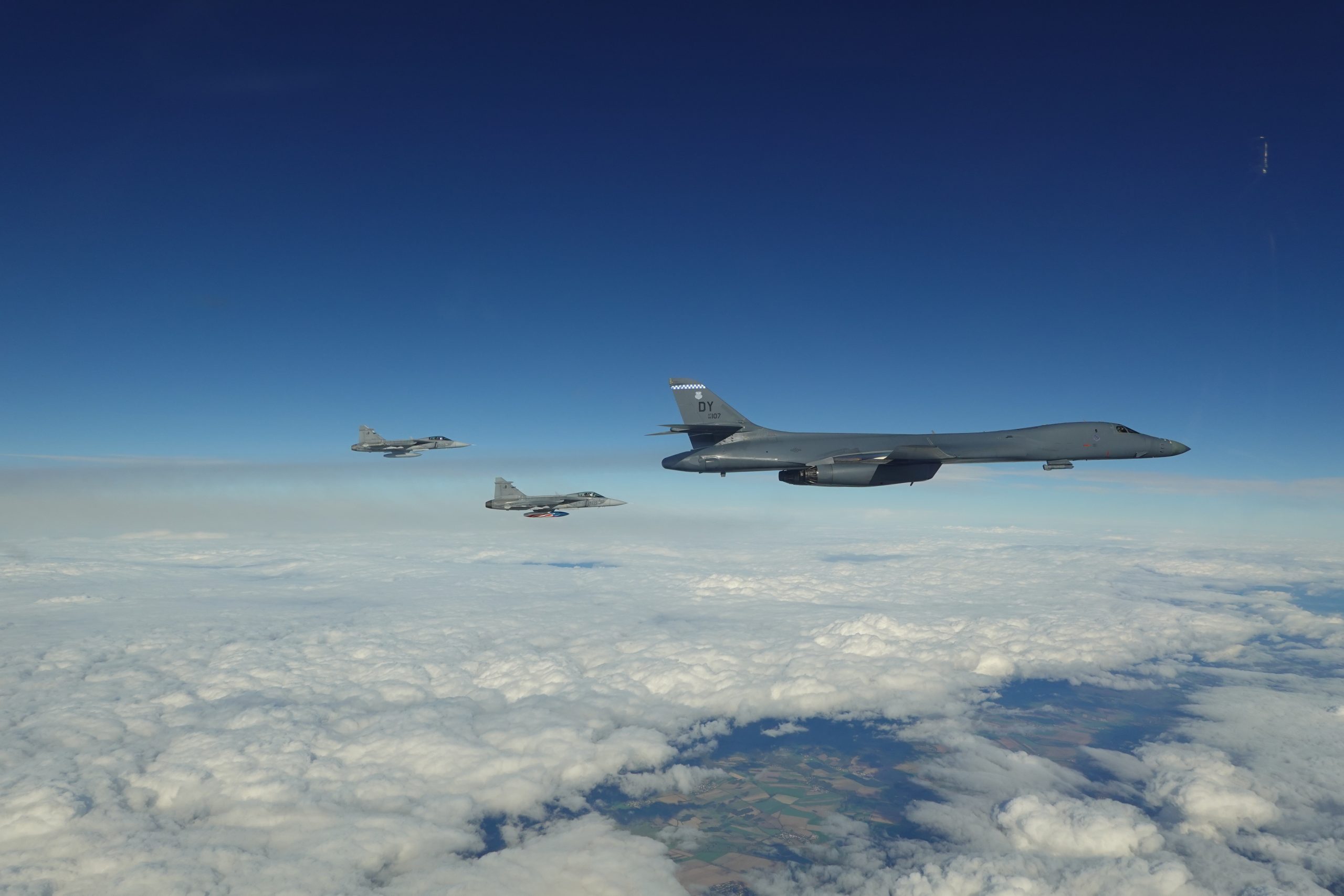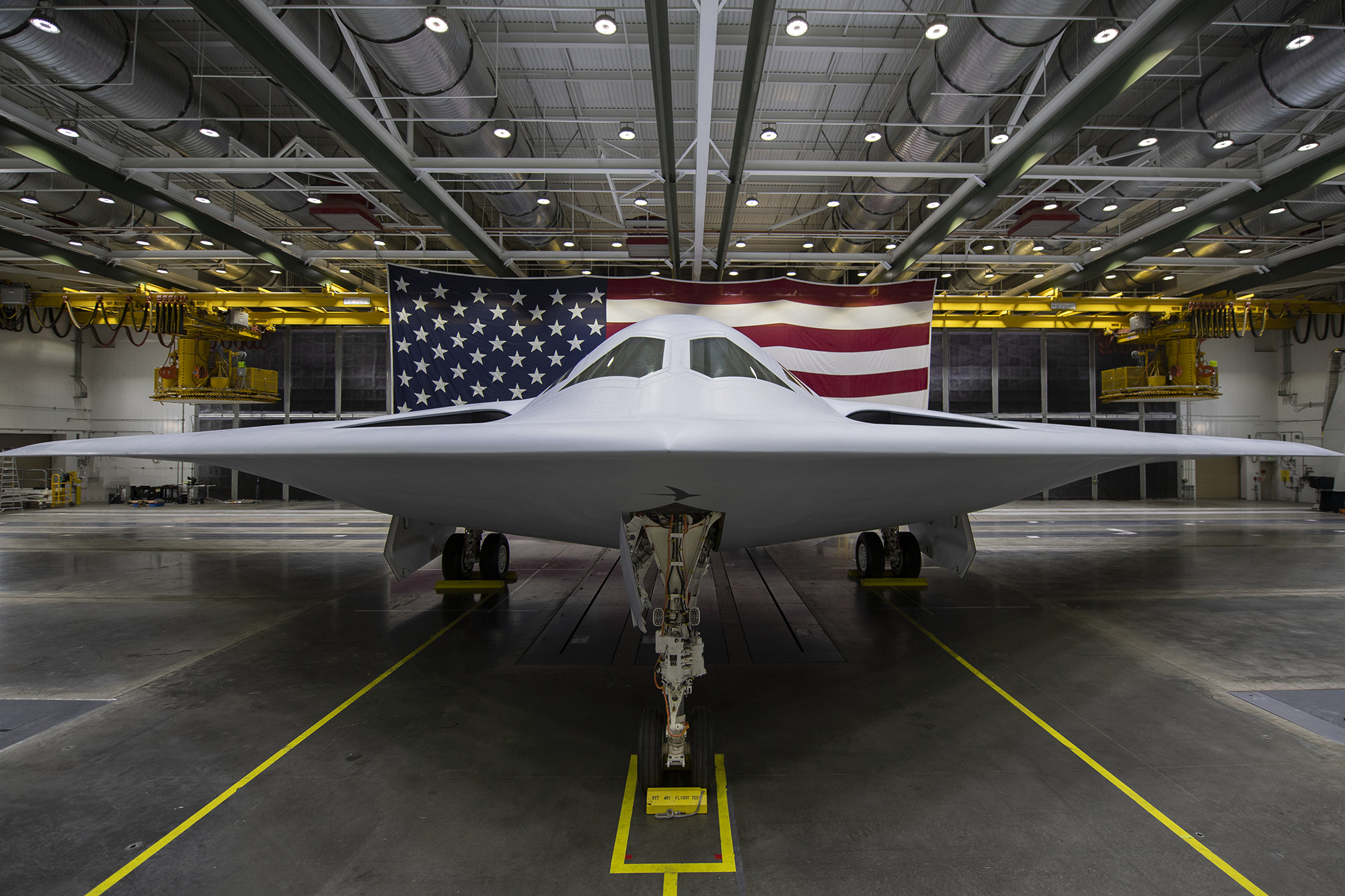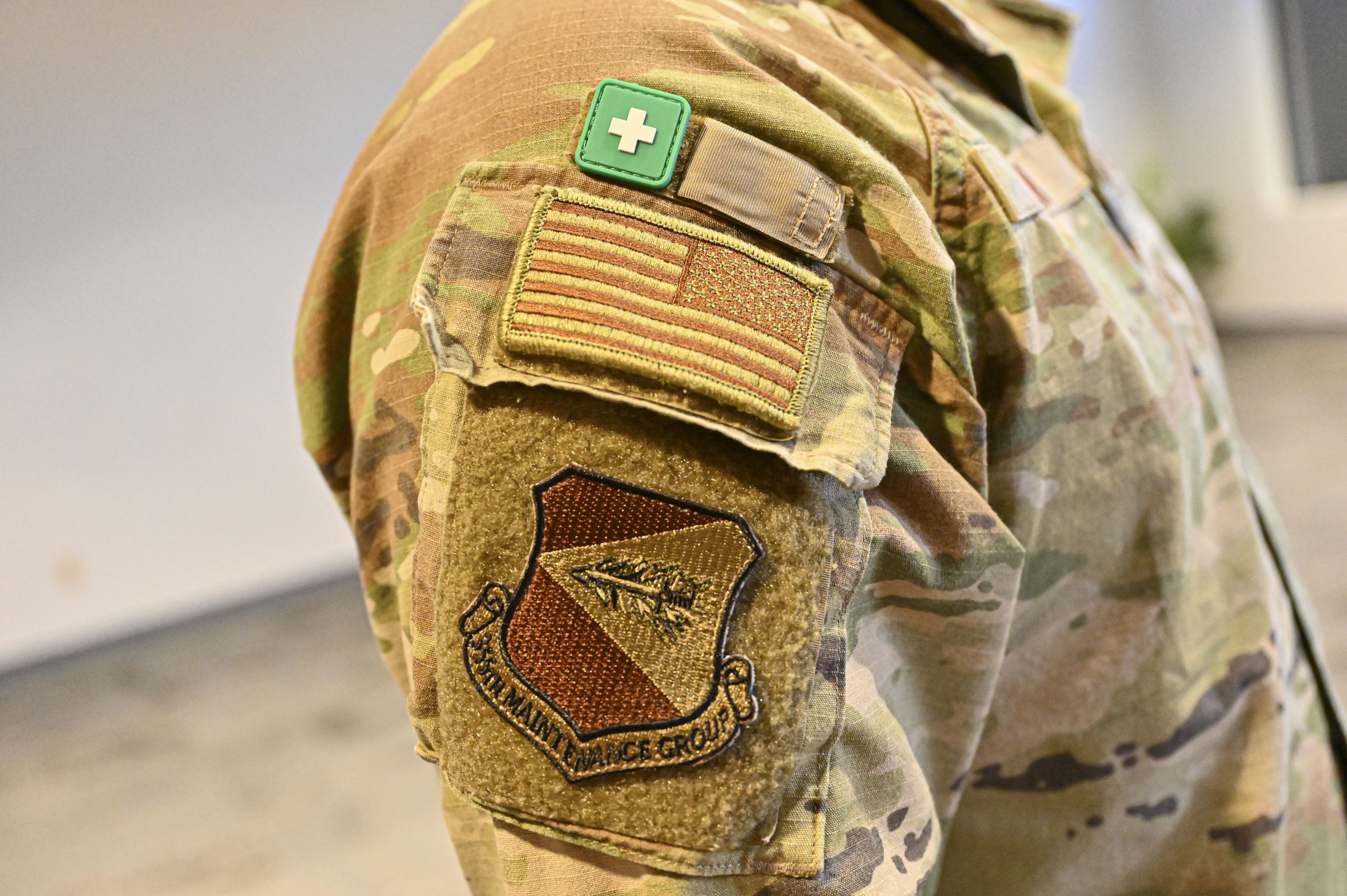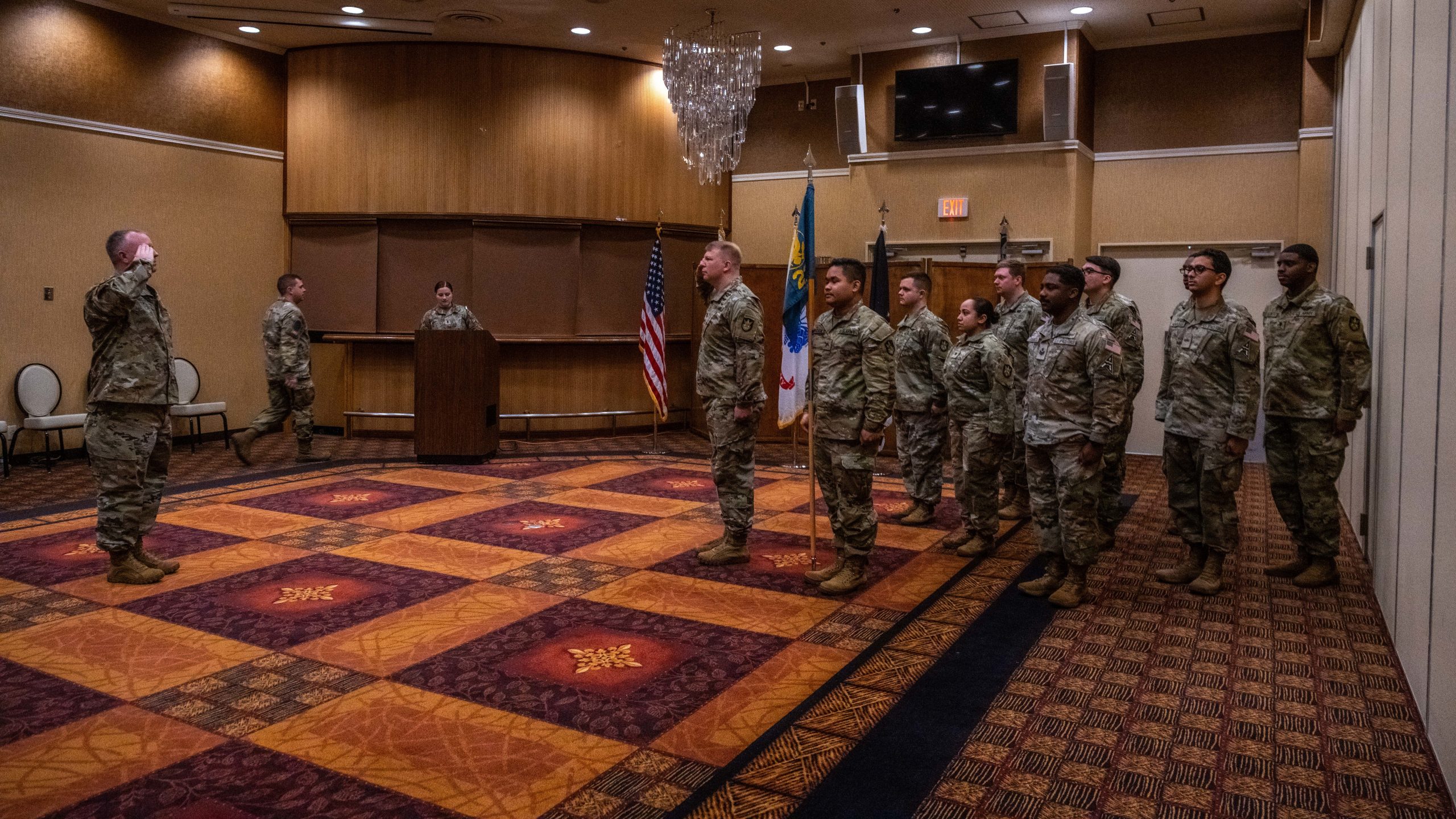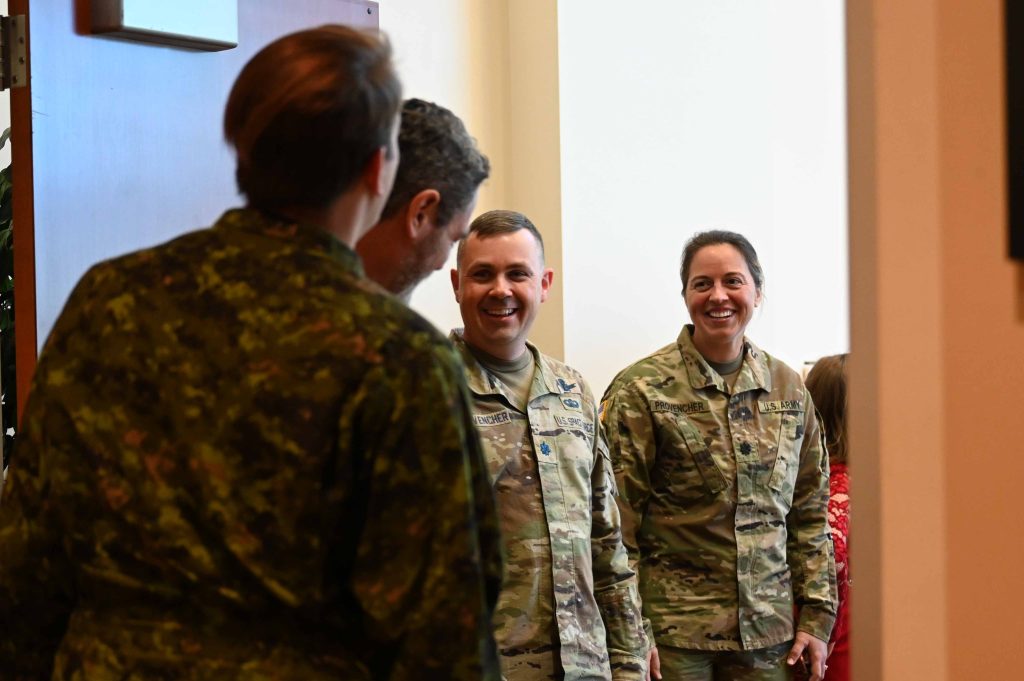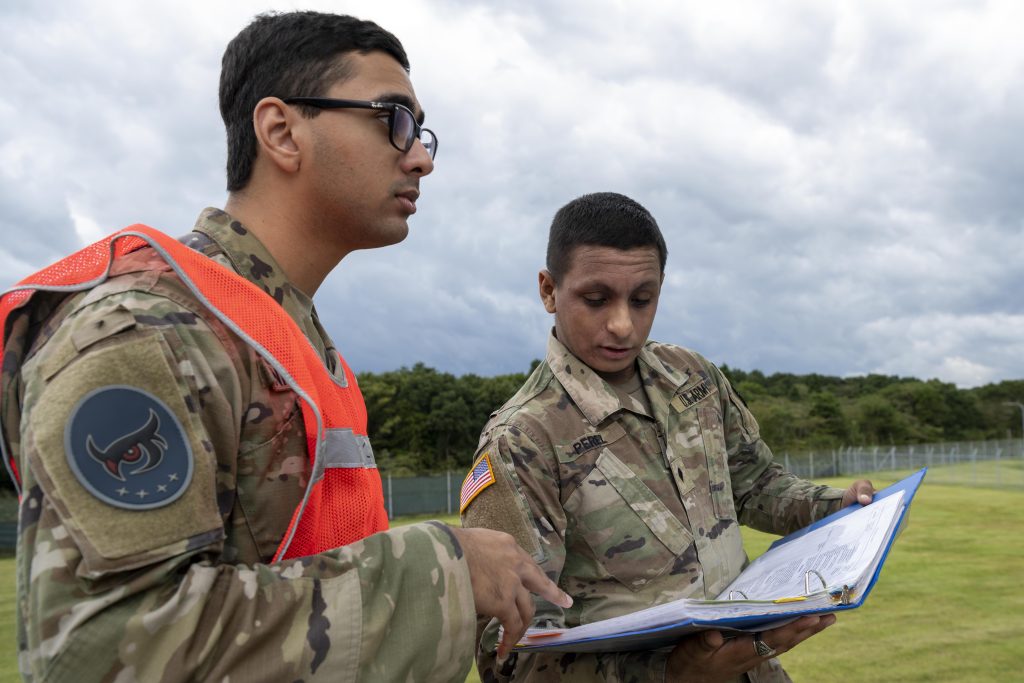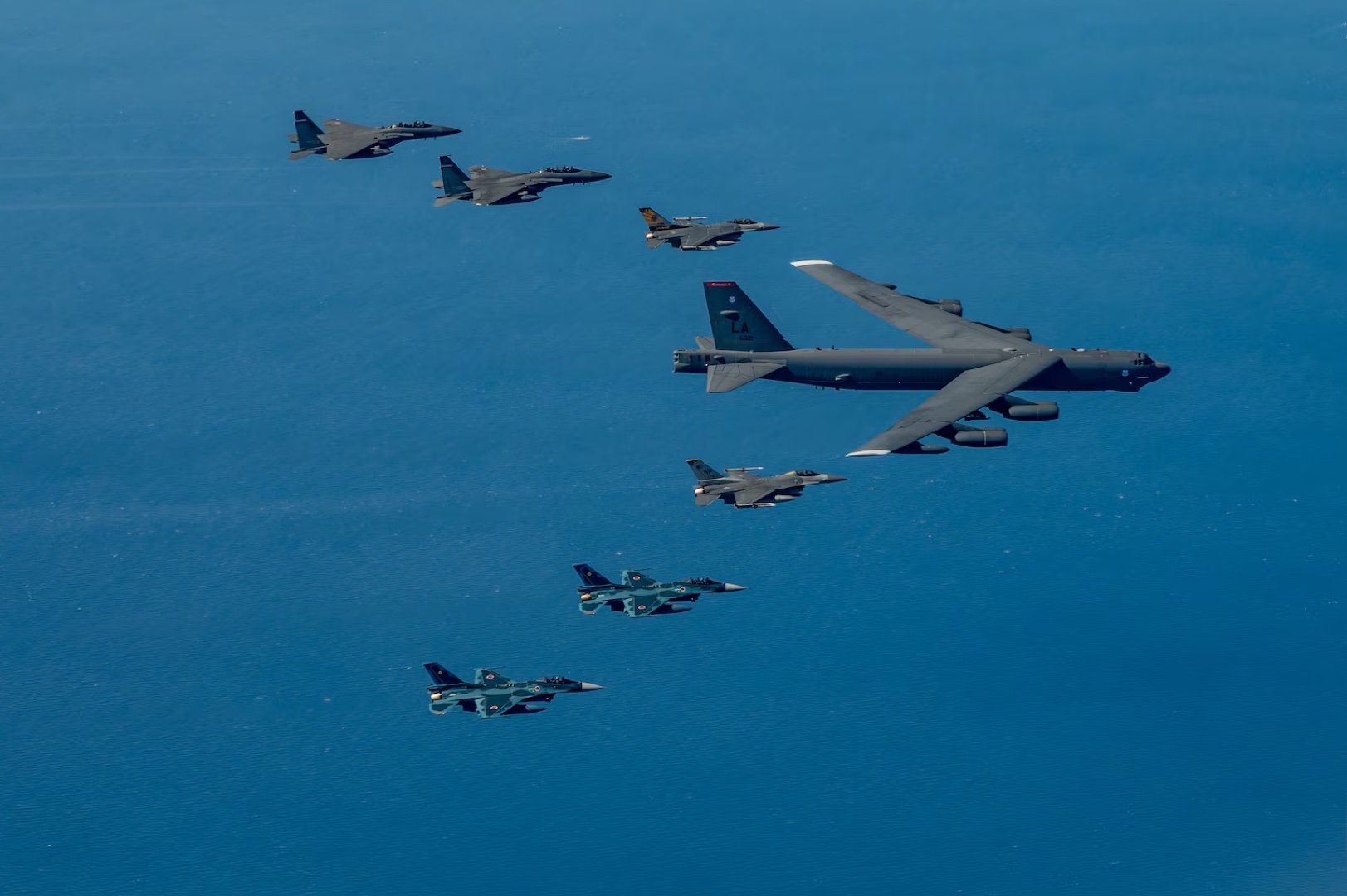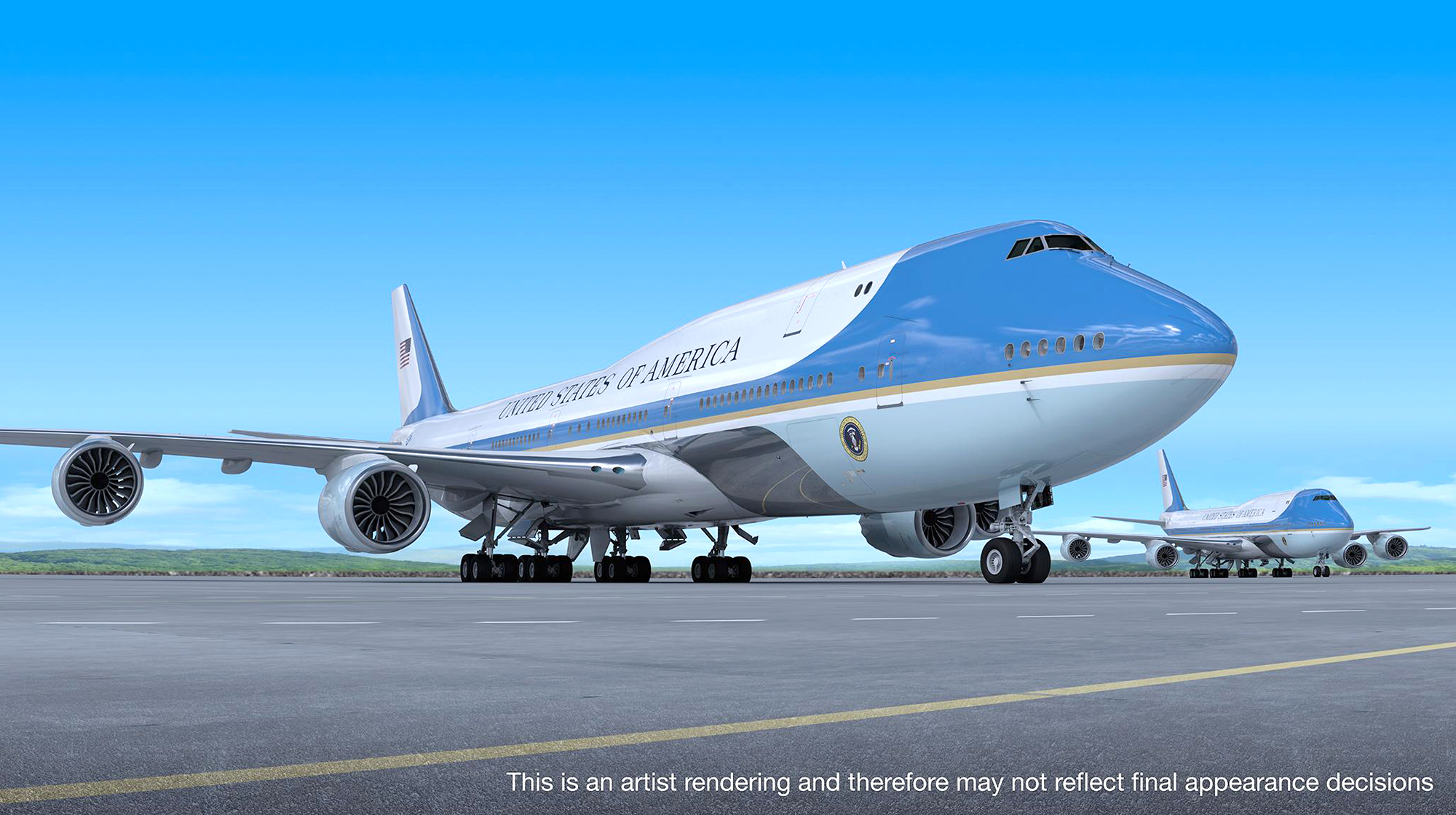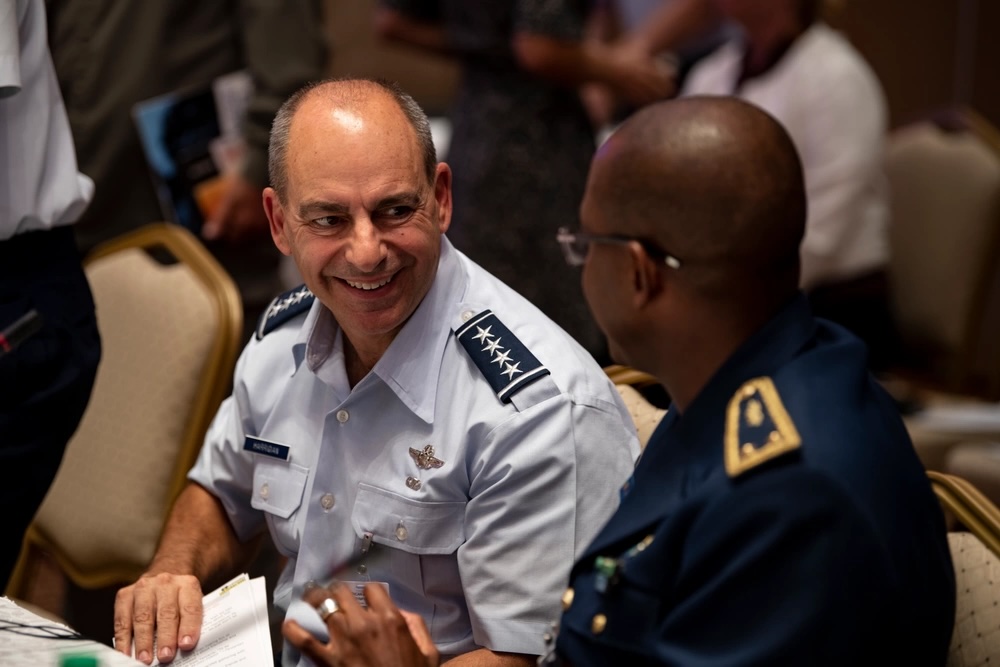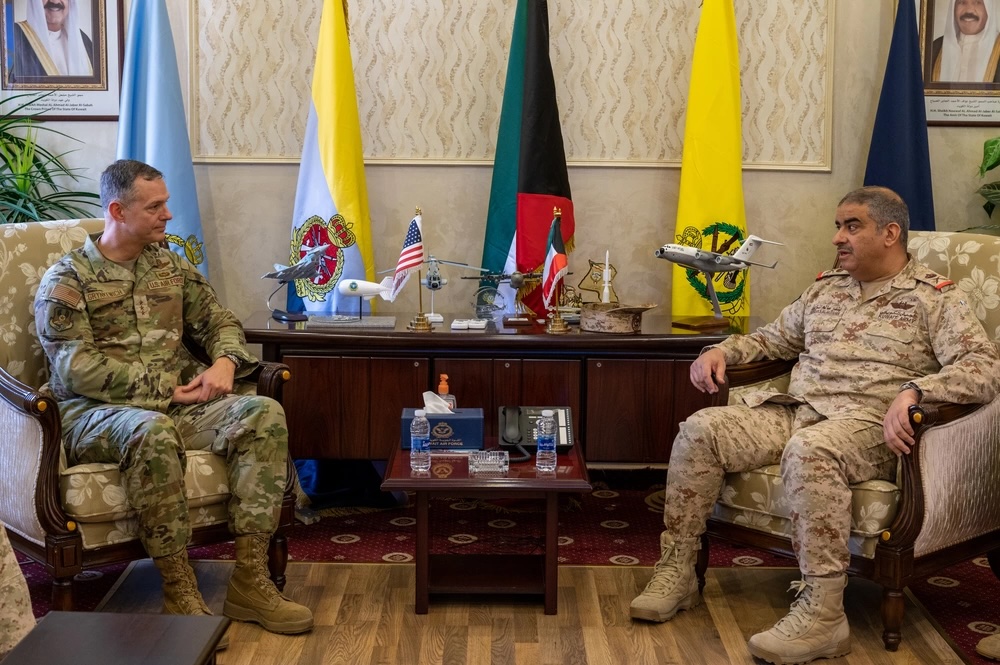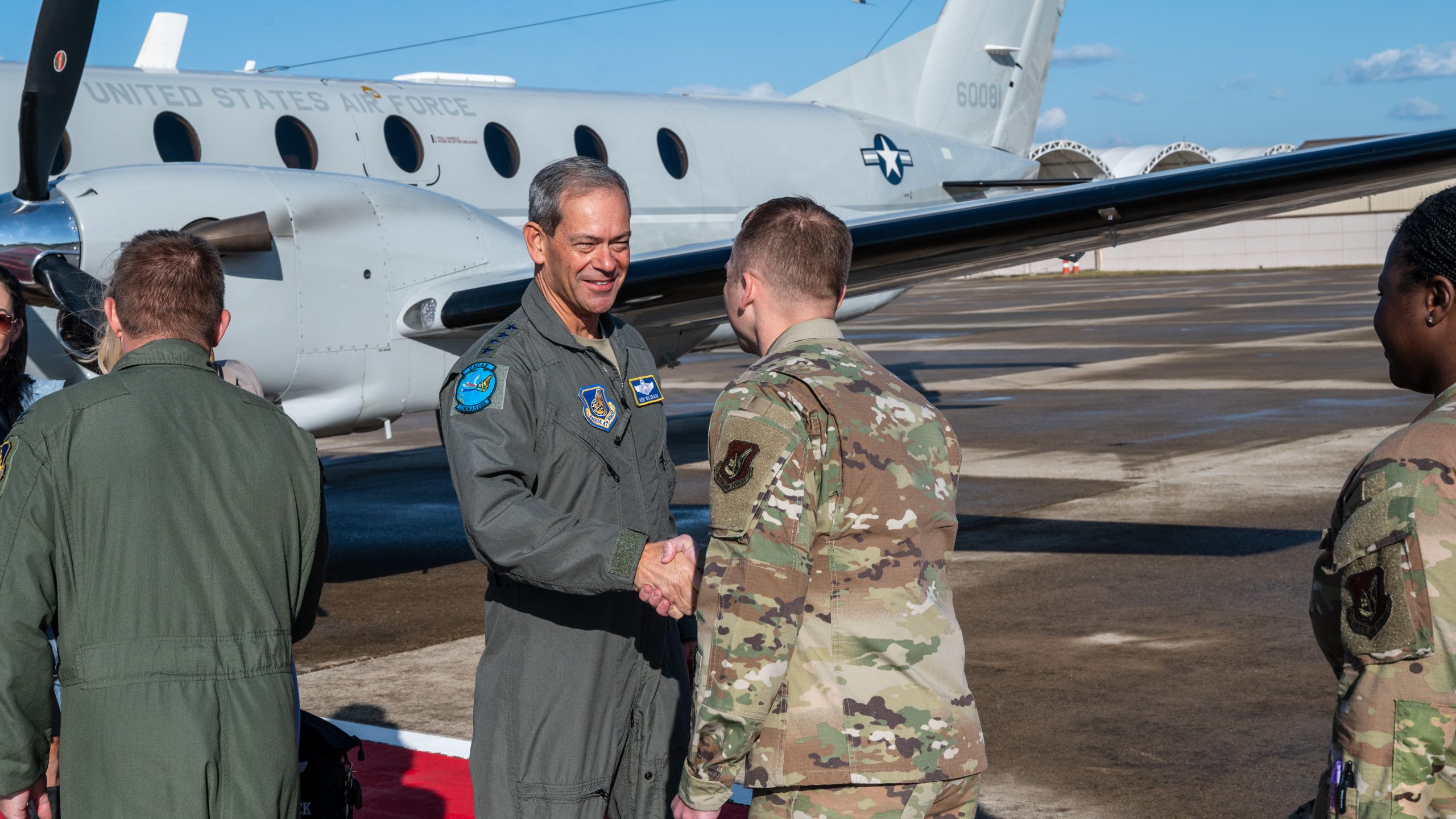U.S. Air Force bombers have been a regular sight in the skies over Europe in recent days, integrating with a host of NATO allies along the way.
On Oct. 24, a B-52 from Barksdale Air Force Base, La., conducted a roundtrip flight as part of NATO’s exercise Steadfast Noon. According to NATO Allied Air Command, the bomber flew over northwest Europe, training alongside 13 allied nations during the annual nuclear exercise.
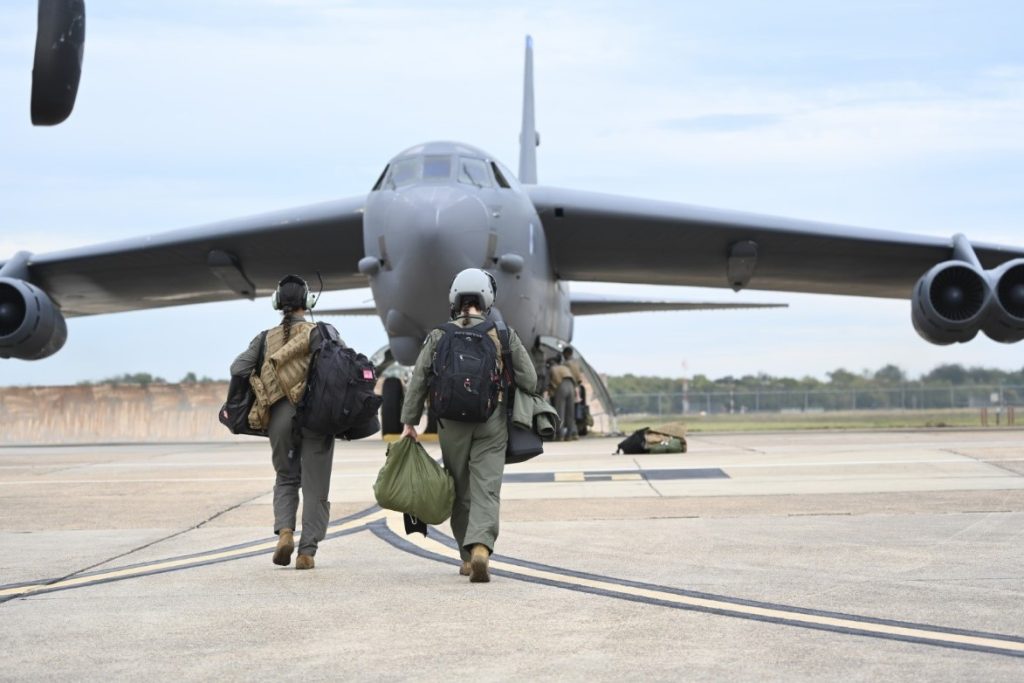
Then on Oct. 26, B-1 Lancers currently deployed as part of a Bomber Task Force rotation flew across central and eastern Europe, according to U.S. Air Forces in Europe. During the mission, the bombers integrated with fighters from the Czech Republic and Hungary and conducted a flyover of Mihail Kogalniceanu “MK” Airbase in Romania.
Both Hungary and Romania are NATO allies that border Ukraine, which continues to defend itself from Russia’s ongoing invasion. A USAFE release emphasized that the bomber mission was “long-planned,” while saying that such flights “highlight the collective unity of the [NATO] Alliance, while underscoring their commitment to maintain peace in the region.”
Romania in particular relies on NATO to supply fighters to police its airspace, and leaders in that country have called for an enhanced presence to deter conflict with Russia. The Czech Republic, meanwhile, plans to buy two dozen F-35 fighters.
“Today’s Bomber Task Force mission serves as another testament to our unwavering dedication to Allies and partners, showcasing our collective capacity to strategize, execute, and synchronize seamlessly together,” Gen. James B. Hecker, head of USAFE and NATO Allied Air Command, said in a statement.
Separately, USAFE shared images on social media on Oct. 26 of a mission involving the B-1s in which they flew alongside JAS 39 Gripens from the Swedish Air Force. It was not immediately clear when and where the mission took place, and USAFE did not immediately reply to a request for clarification.
USAFE also posted on social media on Oct. 18 about a B-1 Bomber Task Force mission in which the aircraft flew alongside F-16s from the Royal Danish Air Force. Again, the date and location were not disclosed.
The flurry of activity comes as global tensions rise with Russia’s invasion of Ukraine and unrest in the Middle East as a result of the latest Israel-Hamas war. Previous Bomber Task Force rotations in Europe have included bomber flights into the U.S. Central Command region, but there have been no such publicly disclosed missions in this latest deployment, which began Oct. 12.
